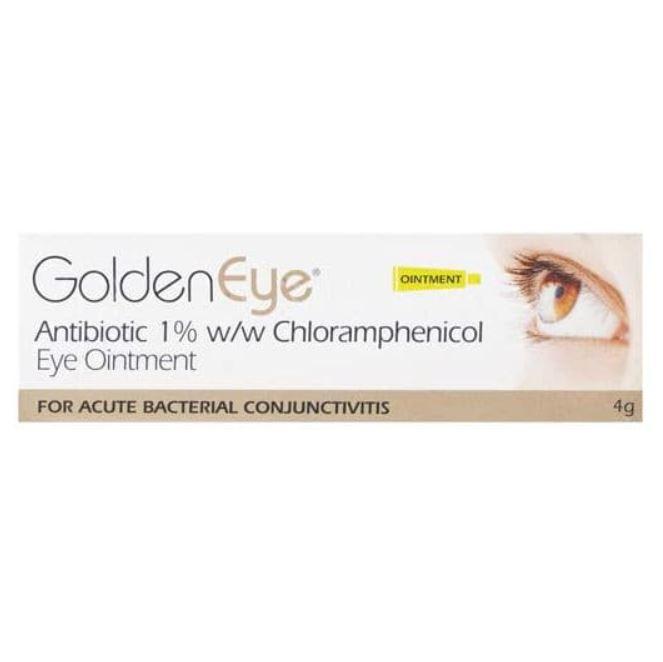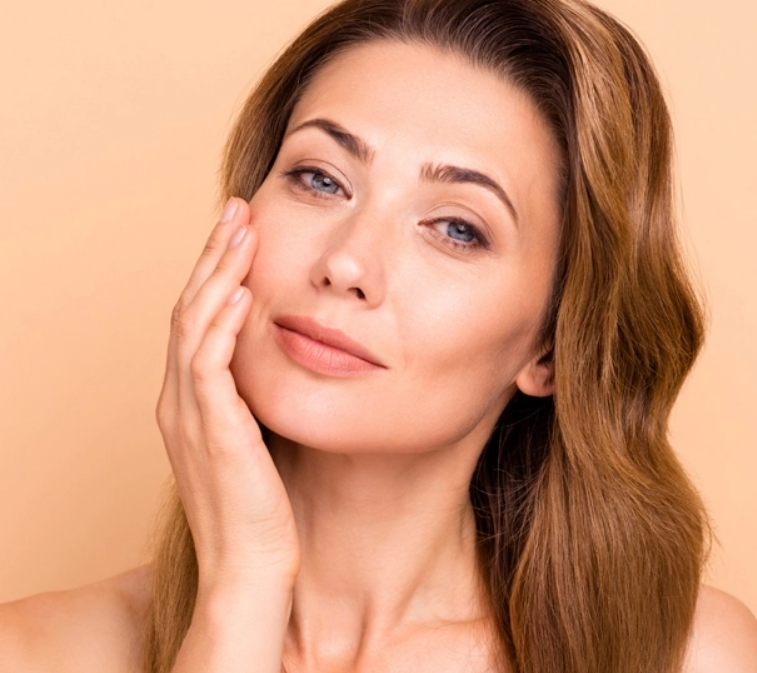Drug abuse is common in our society, and something needs correction. Many people have come up with different strategies on how to deal with addiction, but getting help from a healthcare provider always works. Most drug users have underlying issues, and someone needs to intervene to solve such problems.
Healthcare practitioners have the appropriate knowledge and skills to monitor and give interventions that will eliminate substance abuse. Addiction is a treatable illness, and with the right treatment programs, patients can come out clean.
Black beauties are commonly abused stimulant drugs that could have various medical benefits, like combating fatigue and staying active. Here are the roles of healthcare providers in addressing black beauty addiction:
Benefits of Healthcare Providers in Combating Black Beauty Addiction
- Treating the Drug Abuser
Most abusers of black beauties understand the costs and risks of addiction, especially if they have faced withdrawal reactions or acute toxicity. Despite the dangers associated, they are attracted to this drug for different reasons. Psychologists call this condition ambivalence ordinary and customary among people with an addiction.
The role of healthcare providers is to identify users of black beauties and help resolve denial or ambivalence. This allows the abuser to stop and follow a path that will bring positive change in their lives. When an expert tests patients, they can determine how the drug reacts and customize an effective treatment plan.
- Provide Brief Intervention
Most providers use the motivational interviewing technique during the early stages of the treatment to create a conceptual framework. Counseling styles physicians use to determine patients’ outcomes and certain behavioral aspects influence the chances of further consultation.
Healthcare practitioners encounter different problems when dealing with addiction to black beauties, so most are competent and comfortable in brief counseling. The emphasis here is to have as many sessions as possible with the patient to make them talk freely.
The provider has a role to give patients feedback to create awareness of drug abuse effects. Feedback can be abnormal lab results on liver and pulmonary function tests or identifying physical tolerance like frequent job requests and escalating doses. This makes them see that most of their problems are caused by addiction and motivates them to change.
- Long-Term Treatment of Black Beauties Addiction
Although treating withdrawal can minimize discomfort or reversing acute overdose can save lives, it does not guarantee long-term treatment. Comprehensive treatment is a long process that requires months or years. If a patient goes back to drug abuse, healthcare providers don’t see it as a failure but as a period to adjust treatment efforts.
Time spent on a treatment level depends on the illness’s progress and intensity. The outpatient program is an effective strategy for many patients as it allows them to live their everyday lives and meet a counselor at their convenience. Group therapy also helps the patient share experiences with others, which gives them hope for a better future.
Conclusion
Black beauties are commonly abused drugs in the 21st century. It is supposed to provide positive health benefits, but people overdose on it for various reasons. Incorporating a healthcare provider into a treatment program can help patients have a smooth recovery journey for long-term results.




